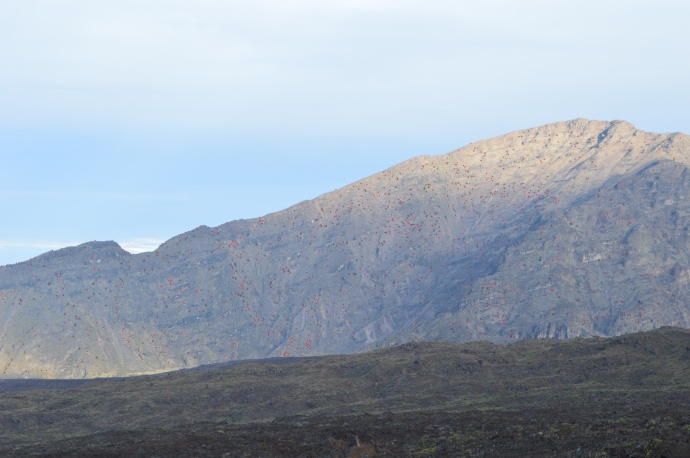Invasive Pine Control Project Begins at Haleakalā
By Maui Now Staff
Haleakalā National Park begins a project today to eliminate 3,000 invasive pine trees at the park.
The trees are located on terrain and cliffs that are too steep and remote for park staff to safely access on foot.
Park officials say the pine control project will utilize helicopters and will include the elimination of three non-native pine species—the Monterey pine, the Mexican weeping pine, and the maritime pine.
“The helicopters will use a precise delivery method for an herbicide developed and used by The Nature Conservancy, in consultation with Dr. James Leary, an invasive plant specialist,” said Polly Angelakis, Chief of Interpretation & Education at Haleakalā National Park.
“The park went through environmental compliance prior to approving the project. The US Fish and Wildlife Service has also approved this method,” she said.
According to park staff, the trees displace endemic and endangered species, change soil chemistry, and increase the potential for wildfire in habitats no adapted to fire. The removal is expected to conserve the iconic crater views and protect species that depend on native habitats for survival.
The project is slated to run through Thursday, Dec. 11, 2014, weather permitting. If there are weather delays, alternate dates have been scheduled for Jan. 13 to 15, 2015.
A second phase of the pine control project is scheduled to take place in the Summer of 2015.
“Helicopters will allow removal of this invasive species with fewer safety risks for our staff,” said park superintendent Natalie Gates in an agency press release.












